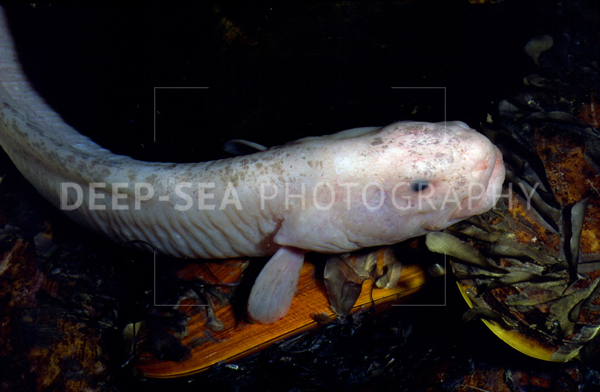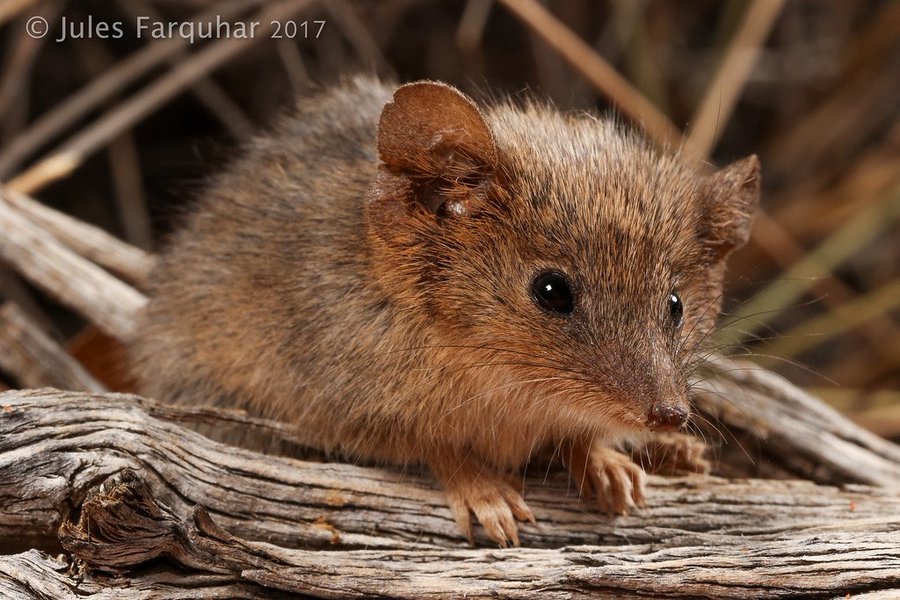
NEXT UP: #2 seed RED WOLF versus #7 seed TARSIER, co-written by @sexchrlab, @StoneLab_ASU & ME!! #2021MMM 



Red Wolves are small-ish & slender canids w/ long limbs. Analyses of pre-1920 wolves suggests distinct skull morphologies btwn coyote & grey wolf but doesn't distinguish hypotheses - are they an ancient species or recent hybrid? (Nowak 2002, Audubon & Bachman 1851) #2021MMM 

Starting in the 1920's, coyotes started moving east into red wolf's range (& hybridizing w/red wolf), taking advantage of forest clearance & decrease in red wolf pop size due to predator eradication programs. nap.edu/read/25891/cha… #2021MMM 

Is red wolf a hybrid or distinct species (or both)? MtDNA analyses show red wolf haplotype clustering among coyote haplotypes....not grey wolf....but not many red wolves were actually sampled academic.oup.com/jhered/article… #2021MMM 

Why is tarsier tricksy? Like lemurs & lorises, they have an unfused mandibular symphysis, molar teeth w/ high cusps, multiple nipples, a bicornuate uterus & grooming claws (Schmitz et al 2016) Pic: Wolfe-Coote ed 2005 #TeamTarsierProsimii #2021MMM 

But like monkeys & apes, tarsier has postorbital closure, a dry nose, hemochorial placenta & retinal fovea (Schmitz et al 2016) #TeamTarsierHaplorrhinii #2021MMM
Tarsiers are on a long branch (in the phylogenetic tree). #SeeWhatWeDidThere Thus it's hard to figure out (using DNA) if they're Prosimians (& group w/ lemurs & lorises) or Haplorrhines (grouping w/monkeys & apes)... #2021MMM 



Guess what?! Nuclear DNA data say tarsiers group w/ monkeys & apes!! Haplorrhinii is correct! (Perelman et al 2011) journals.plos.org/plosgenetics/a… #2021MMM 

Our battle takes place in SE Louisiana at Sabine National Wildlife Refuge. Sabine was established in 1937 & is one of more than 560 refuges within the US National Wildlife Refuge System - public lands & waters set aside to conserve fish, wildlife & plants. @USFWSRefuges #2021MMM 

In samples collecting in winter 2015/16 #ActualLivingScientist @lisettewaits & team found Red Wolf genetic ancestry in wild canids of SW Louisiana which supports Red Wolf species designation & need for hybrid policy doi.org/10.1111/conl.1… #2021MMM 

The weather in Tarsier's home habitat is about 20 degrees F warmer than in Louisiana, a little cool for Tarsier but within the range it's accustomed to #2021MMM
The freshwater impoundments & coastal marshes lack the large trees Tarsier is used to - lacking canopy cover, Tarsier climbs stout grasses, scanning w/ it's peeled grape-like eyes for a hidey-hole to wait for nightfall. It scurries for cover in a nearby nutria burrow #2021MMM 

Red wolf & it's small pack catch the scent of an unfamiliar animal & deviate from their usual patrol to investigate #2021MMM 

Red wolf & it's pack approach the burrow. Without communicating, the pack approaches to a safe distance then each member positions itself at an optimal distance from our lead combatant (Muro et al 2011) #2021MMM sciencedirect.com/science/articl… 

As Red Wolf approaches, Tarsier's fight or flight instinct kicks in... #2021MMM 

Tarsier, yet undetected by Red Wolf, opts to use all of it's energy in a "leaping locomotion movement" to relocate to another nutria burrow (flight) rather than freezing in place (fight), thereby leaving the playing field [gif of person leaping] link.springer.com/chapter/10.100… #2021MMM
RED WOLF DEFEATS TARSIER!!! #2021MMM
• • •
Missing some Tweet in this thread? You can try to
force a refresh


























